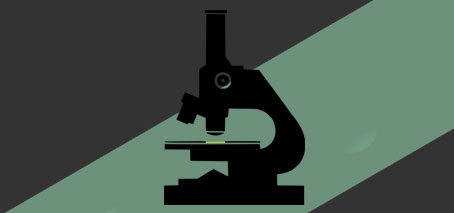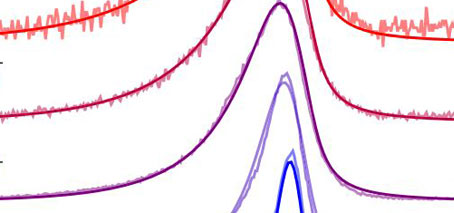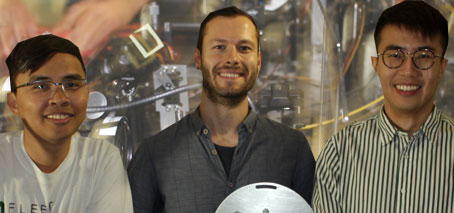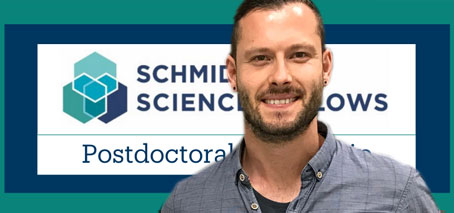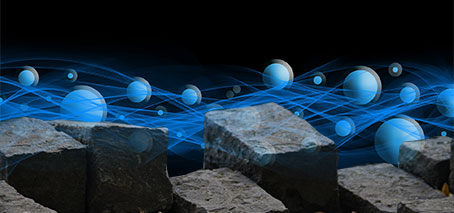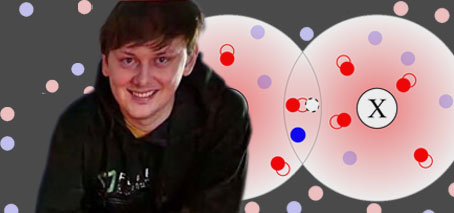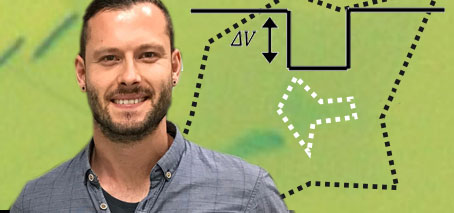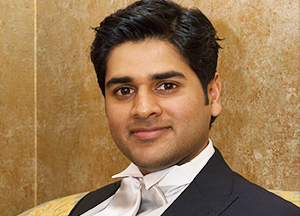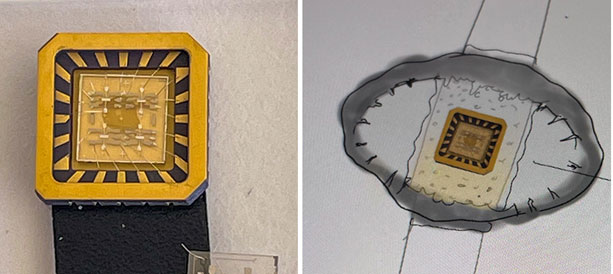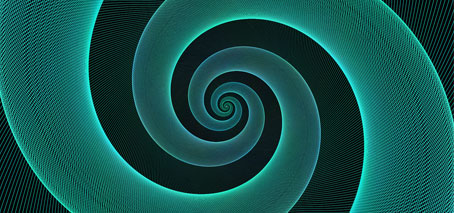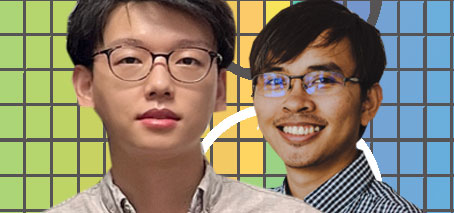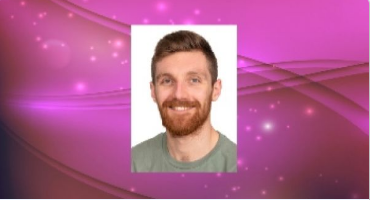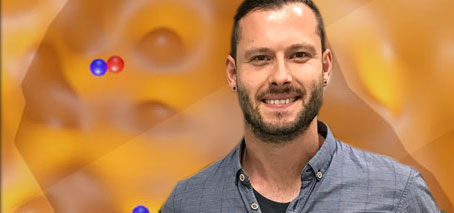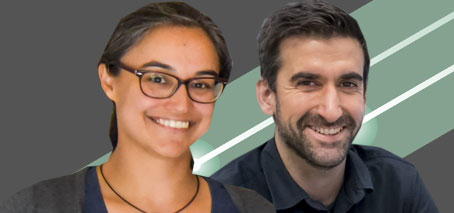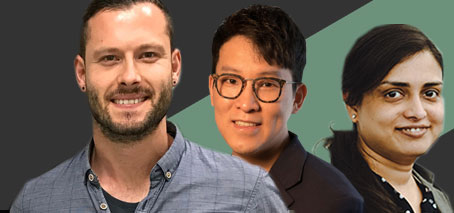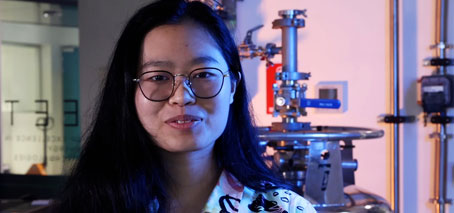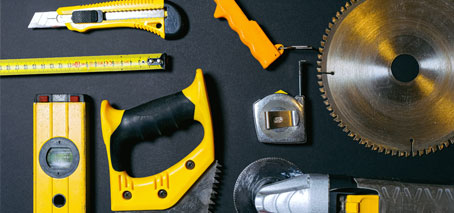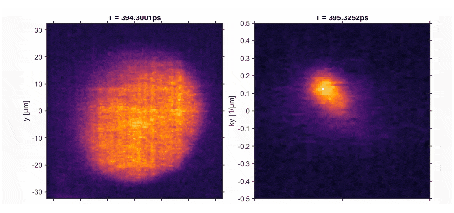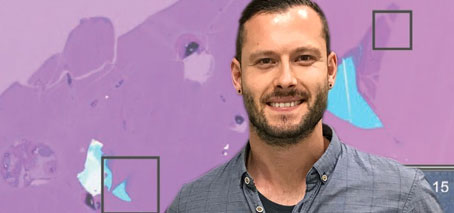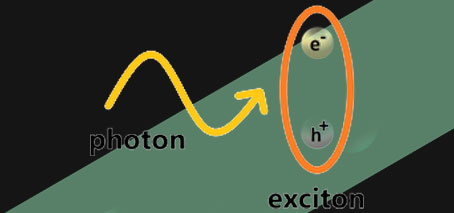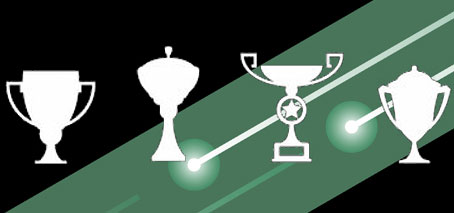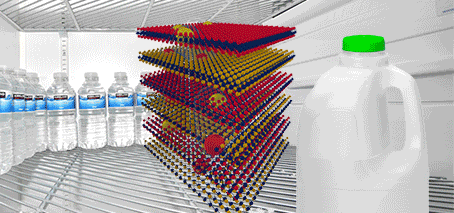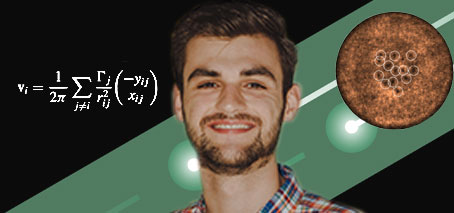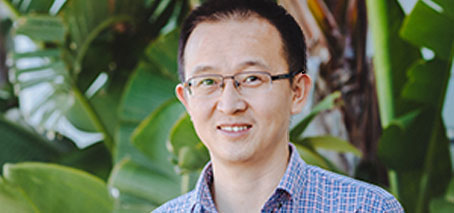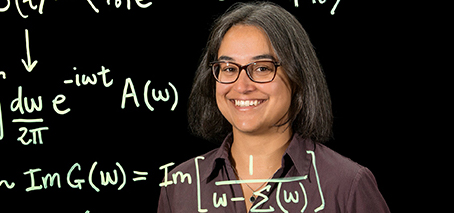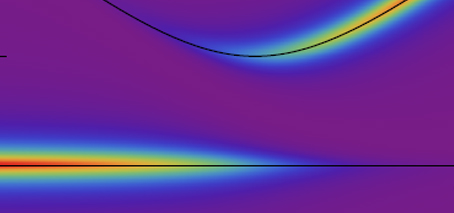This month’s ARC infrastructure funding round saw FLEET researchers across five universities on teams awarded additional funding towards research facilities, including significant new imaging resources in South Australia and NSW. Pankaj Sharma, initially a FLEET Research Fellow at UNSW and now a Centre AI at Flinders University (South Australia), will help develop new, state-of-the-art atomic force microscopy (AFM) facilities for the …
US-Australia condensed-matter/cold atoms colloquia series
Solving quantum mysteries: New insights into 2D semiconductor physics
Researchers from Monash University have unlocked fresh insights into the behaviour of quantum impurities within materials. The new, international theoretical study introduces a novel approach known as the ‘quantum virial expansion,’ offering a powerful tool to uncover the complex quantum interactions in two-dimensional semiconductors. This breakthrough holds potential to reshape our understanding of complex quantum systems and unlock exciting future …
Hybrid particles surprise with negative mass
First published Australian National University A surprise observation of negative mass in exciton-polaritons has added yet another dimension of weirdness to these strange light-matter hybrid particles. Dr Matthias Wurdack, Dr Tinghe Yun and Dr Eliezer Estrecho from the Department of Quantum Sciences and Technology (QST) were experimenting with exciton polaritons when they realised that under certain conditions the dispersion became …
Congratulations Matthias Wurdack: Schmidt Science Fellow
Congratulations to Dr Matthias Wurdack (FLEET/ANU), who has received a Schmidt Science Fellowship to develop artificial retinas. Matthias started his’ PhD at ANU in 2018, working with FLEET CI Elena Ostrovskaya to create, investigate and engineer the properties of hybrid light-matter particles in atomically-thin semiconductors with the aim to realise room temperature superfluidity based on this material platform, and understand and elevate …
Engineering a novel supersolid state using layered 2D materials
Can a solid be a superfluid? Bilayer excitons form a quantum supersolid A collaboration of Australian and European physicists predict that layered electronic 2D semiconductors can host a curious quantum phase of matter called the supersolid. The supersolid is a very counterintuitive phase indeed. It is made up of particles that simultaneously form a rigid crystal and yet at the …
A drop in the sea of electrons: Understanding Fermi polarons and their interactions
Multidimensional coherent spectroscopy (MDCS) on monolayer WS2 reveals Fermi polaron interactions Phase-space filling drives new optical selection rules, where excitons compete for the same electron Identification of a novel, cooperatively-bound exciton-exciton-electron state Recent Australian-led research has provided a world’s first measurement of interactions between Fermi polarons in an atomically-thin 2D semiconductor, using ultrafast spectroscopy capable of probing complex quantum materials. …
Trapping polaritons in an engineered quantum box
High exciton-polariton density in an engineered quantum box Possible pathway to future, ultra energy-efficient technologies Australian researchers have engineered a quantum box for polaritons in a two-dimensional material, achieving large polariton densities and a partially ‘coherent’ quantum state. New insights coming from the novel technique could allow researchers to access striking ‘collective’ quantum phenomena in this material family, and enable …
New Chief Investigator Priyank Kumar
Congratulations to Priyank Kumar at the School of Chemical Engineering, UNSW Sydney, who becomes a new Chief Investigator within FLEET. “I look forward to contributing to the objectives of FLEET through both fundamental and translational research,” said Priyank. “I would like to thank Michael Fuhrer, Kourosh Kalantar-zadeh and the FLEET team for providing me this opportunity.” Priyank has been an …
Brilliant alternative uses for diamond showcased in concept jewellery
QUT/FLEET researcher A/Prof Dongchen Qi has joined forces with an Australian jewellery designer to showcase the brilliance of diamond in medical, scientific, and other applications. Diamond does not naturally conduct electricity, but Professor Qi, from the QUT Centre of Material Science, led research to make it both conductive and controllable as a high-capacity semiconductor. Semiconductors conduct or insulate electrical signals …
Trapping vortices in thin superfluid films
Physicists at the University of Queensland have shed light upon how tiny whirlpools (vortices) get stuck to obstacles in superfluids. Superfluids are a quantum substance that can flow without viscosity and hence do not slow down due to friction. A second defining feature of superfluids is that they only support quantised rotation – the vortices can only spin with strength …
Losing isn’t always bad: gaining topology from loss
Generating topology from loss in hybrid light-matter particles Observation of new non-Hermitian topological invariant in exciton-polariton system Losing particles can lead to positive, robust effects. An international collaboration has demonstrated a novel topology arising from losses in hybrid light-matter particles, introducing a new avenue to induce the highly-prized effects inherent to conventional topological materials, which can potentially revolutionise electronics. Led …
Cheering on FLEET’s Mitko Oldfield in the International Visualise Your Thesis
Sandwich-style construction: towards ultra-low-energy exciton electronics
New microcavity construction technique allows observation of robust, room-temperature exciton transport Polariton performance optimised by maximising photon-exciton energy exchange, minimizing the damage to monolayer A new ‘sandwich-style’ fabrication process placing a semiconductor only one atom thin between two mirrors has allowed Australian researchers to make a significant step towards ultra-low energy electronics based on the light-matter hybrid particles exciton-polaritons. The …
Video explainers for 3MT
Tackling the next climate crisis with polariton superfluids, chocolate bars, ultra-fast laser pulses and chaotic gardening… FLEET’s Rishabh Mishra (Swinburne), Mitko Oldfield and Alex Nguyen (both at Monash University) have recently recorded explanations of their PhD research, submitted for the 2021 national Three Minute Thesis competition. Mitko Oldfield (School of Physics and Astronomy) explains his studies of polariton superfluids, with …
Congratulations Meera Parish and Agustin Schiffrin
Congratulations to two of FLEET’s Chief Investigators, whose contributions have recently been recognised by the School of Physics and Astronomy at Monash University: Meera Parish promoted to full Professor Agustin Schiffrin promoted to Associate Professor Prof Meera Parish (right) is a theoretical physicist developing many-body theories that span electron-hole systems and ultracold atomic gases. She is an ARC Future Fellow …
Creative, online lab demonstrations maintain international collaborations
How does global research collaboration work, while Covid-19 still prevents international in-lab visits? A recent FLEET collaboration found a creative solution, running in-lab demonstrations of new quantum technologies across multiple universities on two continents. FLEET’s Matthias Wurdack (ANU) and Semonti Bhattacharyya (Monash) were able to consult with researchers in the New York lab of FLEET PI Jim Hone (Columbia University), …
Women in FLEET Honours students at RMIT, UNSW, ANU
Please welcome FLEET’s three new Women in FLEET Honours students: Kyla Rutherford (RMIT) Olivia Kong (UNSW) Robin Hu (ANU) Kyla, Olivia and Robin have all received Women in FLEET Honours Scholarships, which are awarded to high performing students doing their Honours research project with FLEET. Kyla Rutherford will be working with Jared Cole at RMIT to understand transport properties in …
Tools of the Trade: Eli Estrecho explains laser trapping for Nature series
A ‘pumped’ laser can be used to trap and manipulate an exciton-polariton condensate. These quantum fluids, which can behave as a resistanceless superfluid in certain conditions, need continuous replenishing, with the pumping laser supplying both a reservoir of electrons and confining force. “The pumping laser can trap the quantum fluid as the particles are repelled from the pump region, similarly …
Sloshing quantum fluids of light and matter to probe superfluidity
The ‘sloshing’ of a quantum fluid comprised of light and matter reveals superfluid properties. An Australian-led team of physicists have successfully created sloshing quantum liquids in a ‘bucket’ formed by containment lasers. “These quantum fluids are expected to be as wavy as the oceans, but catching clear pictures of the waves is an experimental challenge,” says lead author Dr Eliezer …
Scientists create armour for fragile quantum technology
An international team of scientists has invented the equivalent of body armour for extremely fragile quantum systems, which will make them robust enough to be used as the basis for a new generation of low-energy electronics. The scientists applied the armour by gently squashing droplets of liquid metal gallium onto the materials, coating them with gallium oxide. Protection is crucial …
Encasing fragile 2D semiconductors in ultrathin glass: A route towards compact ultra-low energy electronics
Encasing fragile 2D materials in ultrathin gallium-oxide glass could allow integration into functional low-energy devices Two-dimensional (2D) semiconductors have emerged during the past decade as extremely promising for future electronic and optoelectronic devices. However, to unlock the significant potential of these fragile materials, we must first find a way to protect them in functional devices, while maintaining their key electronic …
Polariton interactions: Light matters
Enhanced interactions through strong light-matter coupling Why do two-dimensional exciton-polaritons interact? The intriguing quasiparticle the exciton-polariton is part light (photon), and part matter (exciton). Their excitonic (matter) part confers them the ability to interact with other particles —a property lacking to bare photons. In theory, when confined to only two dimensions, very slow (ie, very cold) excitons should cease any …
Congratulations Matthias Wurdack
Congratulations to ANU’s Matthias Wurdack on winning the AIP NSW Postgraduate Award this month for his presentation “Towards future low-energy transistor technologies with exciton-polariton superfluids in atomically thin semiconductors.” Matthias received the 2020 AIP Crystal Postgraduate figurine, and a $500 award from the Australian Institute of Physics. The NSW Branch of the Australian Institute of Physics in conjunction with the …
Kitchen-temperature supercurrents from stacked 2D materials
Could a stack of 2D materials allow for supercurrents at ground-breakingly warm temperatures, easily achievable in the household kitchen? An international study published in August opens a new route to high-temperature supercurrents at temperatures as ‘warm’ as inside a kitchen fridge. The ultimate aim is to achieve superconductivity (ie, electrical current without any energy loss to resistance) at a reasonable …
Vortex top-hats emerge in superfluids
An Australian-led study has provided new insight into the behaviour of rotating superfluids. A defining feature of superfluids is that they exhibit quantised vortices – they can only rotate with one, or two, or another integer amount of rotation. Despite this key difference from classical fluids, where vortices can spin with any strength, many features of the collective dynamics of …
New organic material unlocks faster and more flexible electronic devices at ANU
Mobile phones and other electronic devices made from an organic material that is thin, bendable and more powerful are now a step closer thanks to new research led by scientists at The Australian University (ANU). Lead researchers Dr Ankur Sharma and Associate Professor Larry Lu say it would help create the next generation of ultra-fast electronic chips, which promise to be much faster than current electronic chips we use. “Conventional devices run …
Congratulations Meera Parish: ARC Future Fellowship
Congratulations to FLEET CI A/Prof Meera Parish who received an ARC Future Fellowship in this week’s announcement. “The revolution in electronics and the Information Age were enabled by powerful theories based on the concept of the quasiparticle, an object composed of many particles such as electrons,” writes A/Prof Parish. The new ARC Fellowship will support Meera’s work to unravel the …
Research theme II virtual workshop
A two-day live-streamed workshop brought 30 researchers from across FLEET together last week, organised by ANU Research Fellows Maciej Pieczarka and Eliezer Estrecho. FLEET’s second research theme uses a quantum state known as a superfluid to achieve electrical current flow with minimal wasted dissipation of energy. In a superfluid, scattering is prohibited by quantum statistics, and all particles flow with …
Applying quantum-impurity theory to quantum fluids of light
A Monash-led study develops a new approach to directly observe correlated, many-body states in an exciton-polariton system that go beyond classical theories. The study expands the use of quantum impurity theory, currently of significant interest to the cold-atom physics community, and will trigger future experiments demonstrating many-body quantum correlations of microcavity polaritons. Exploring quantum fluids “Exciton-polaritons provide a playground in …
- Page 1 of 2
- 1
- 2

